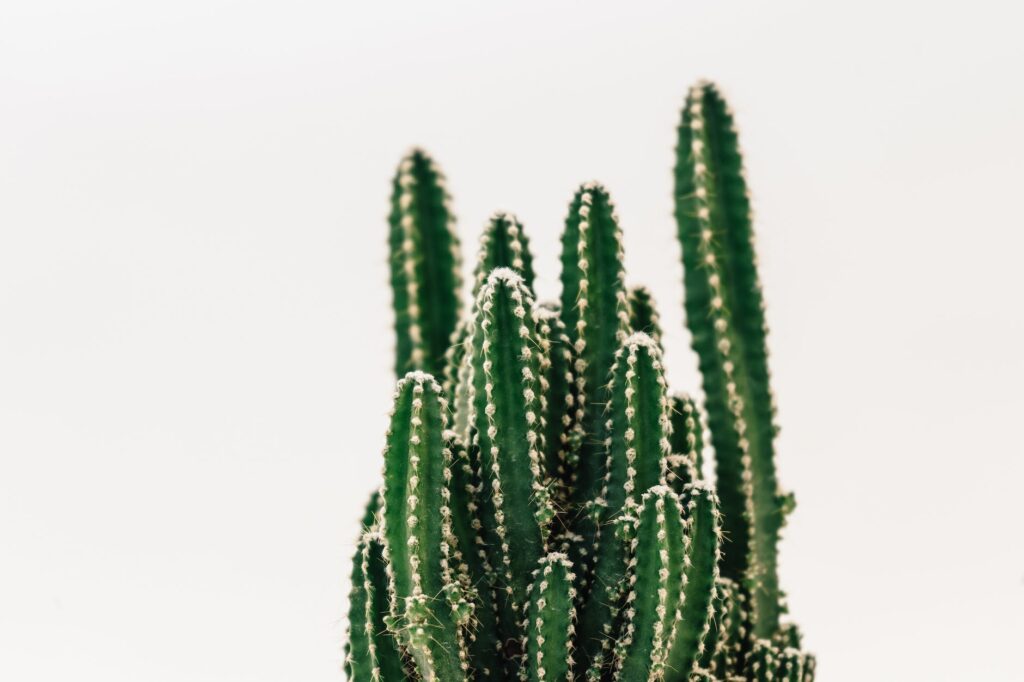Solving a Prickly Mystery: The Strange Voyage of the Spaghetti Cactus
Scanning arid African or Indian savannas today reveals an improbable invader – the spindly spaghetti cactus dangling stringy arms covered in sharp spines amid acacia trees and drifting sands. This zany, zippy succulent belongs to the exclusively New World Cactaceae family, yet thrives across three distant continents baffling botanists for over a century through improbable oceanic crossings somehow overcome.
While nearly 2,000 cacti species bloom solely in the Americas, this one gangly exception raises perplexing questions. Exactly how did the spaghetti cactus conquer global dispersal? How did it end up conquering salt and seas dividing continents? How did they put down roots in both hemispheres? Evaluating theories tracking its complicated voyage across aeons spotlights resilience even in the most fragile organisms. This diminutive drifter’s saga highlights life’s unlikely sprinkling of biological magic upon all shores touched by its wispy, winding stems against all odds.
The Drifter That Crossed Oceans
The spaghetti cactus, known to scientists as Rhipsalis baccifera, traces its early evolution in South American forests up to 35 million years ago alongside arboreal orchids and bromeliads before climate shifts purged such jungles from the continent. As diagonal rains dwindled and interior regions dried into deserts, most vegetation relied on new survival strategies to persist through harsh millennial weather shifts.
But Rhipsalis embodied specialized advantages allowing it not only to endure but even migrate ranges dramatically thanks to an ingenious floating adaptation. Its minimalist stems and leaves reduced water needs while maximizing moisture absorption straight from humid air through thin outer walls. Plus tiny hardy seeds soon thrived in new conditions after colonizing fresh grounds. For the spaghetti cactus, absence of soil barely posed obstacle when simply hanging in trees taking nutrition and stability directly from the rich air.
Thus as arid ages dust-blasted most flora, this inventive cactus leaned on wind dispersal and tenaciousness transforming adversity into opportunity. Now seven variants span Africa, Eurasia and Australia – the sole cactus genus extending beyond its New World cradle through improbable transoceanic journeys that outpaced even humanity’s own girth.
Hypotheses Explaining Extreme Oceanic Crossings
Despite winning spectacular dispersal achievements, exactly how the spaghetti cactus crossed formidable oceans evades certainty. Experts float four predominant possibilities for the cactus traversing seawater barriers through evolutionary ages, whether by clinging to drifting debris, catching airborne rides or other proposes means:
- Floating Across Oceans – Rhipsalis stems, leaves and berries contain air pockets allowing buoyancy in saltwater for months. Gradually meandering from Brazil’s winding rivers out to sea could theoretically raft cactus specimens on floating isles ride transoceanic currents to Africa over 2.5 months average according to studies.
- Animal Transportation – White cactus berries entice birds and grazing beasts who then scatter indigestible seeds intact through dung piles aerating fresh growth in distant forests. But no modern animals demonstrate regular Brazil-to-Africa migratory spans introducing the cactus remotely.
- Human Translocation – Some posit early Portuguese sailors voyaging along African and Indian Ocean trade channels docked boats carrying resilient cacti before disembarking foreign lands. They carried with them cactus species Rhipsalis cuttings in tow. Introduced purposefully or accidentally, they soon flourished in amenable new environs. Such quirky decorative greenery transplant hypotheses still persuade many currently.
- Ancient Supercontinents – Most extremely, initial cactuses may have emerged on primordial supercontinents later dividing into modern continents today. Godwanaland and Pangea preceded the fragmentation tearing proto-Africa from South America’s eastern coast. This took place some 184 million years back, potentially disjoining once connected cacti ranges into remote bands through continental divide.
Of course, Rhipsalis and its forerunners evolved tens of millions of years after supercontinents already dispersed. So barring super-powered birds or extraordinarily enduring little lifeboats, human translocation of charming cactus species via ships, offers a compelling narrative. This might explain the spaghetti cactus’ improbable global conquest.
Drifters Together: Humans and Plants Circling the Earth
Beyond botany, the wayfaring spaghetti cactus and its furtive feat traversing hemispheres mirrors patterns throughout terrestrial life’s annals. Drifters drifting to shores unknown shape new futures as continents, flora and fauna remixed through cycles eclipsing lifetimes.
Today spaghetti cactus clings and creeps comfortably under Angolan trees. Inside Indian homes it is used as houseplants. This is thanks to improbable ancient shuffles scattering species plots beyond native lots to sink fresh roots worldwide. Much as human chain migrations spilled our hungry species from evolutionary African font to outposts frigid and foreign over generations.
Every continent not our own was someone’s once too – or some cactus species rather! Our shared drive dispersing, spreading, colonizing and adapting unlocks keys for prevailing despite inhospitable odds or uncertain futures.
Perhaps by observing tenacious flora surviving the rigors of open water. Gazing upon the spaghetti cactus today, marvel how life’s vulnerability voyaging beyond horizons becomes its very strength taking on the world.
📈😲Additional Fun Facts
200
Years a Cactus can live
63
Height (in feet) of the tallest wild Cactus in the world, found in Mexico
25
Arms a Saguaro Cactus can have
4
Subfamilies of Cacti (Cactoideae, Maihuenioideae, Opuntioideae, Pereskioideae)
[ms-form id=1]

